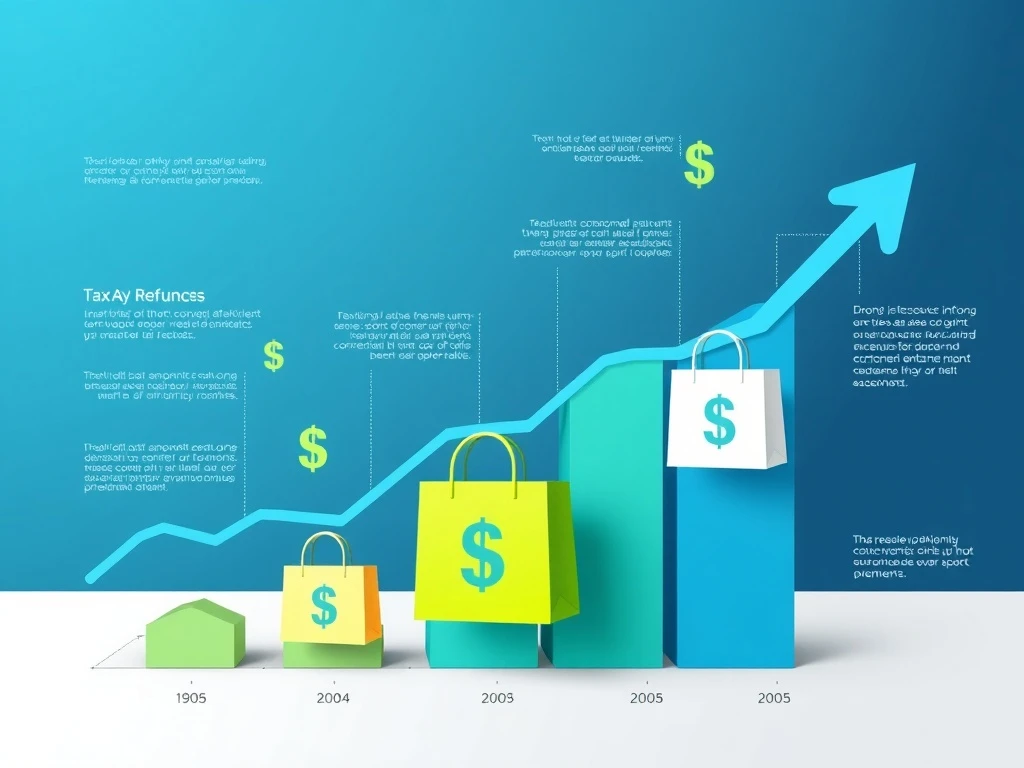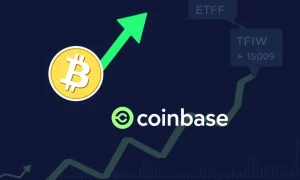JPMorgan analysts project an unprecedented tax refund surge that will inject billions into the economy, potentially reshaping consumer behavior and market dynamics throughout 2024. This massive fiscal injection arrives at a critical juncture for both Main Street and Wall Street.
Understanding the Tax Refund Surge Phenomenon
JPMorgan’s research indicates this tax refund surge will significantly exceed previous years. Consequently, American households will receive substantial additional liquidity. This development comes as consumers face persistent inflationary pressures. Moreover, the timing aligns with seasonal economic patterns. Therefore, analysts expect amplified effects across multiple sectors.
Economic Impact of the Refund Wave
The projected tax refund surge will directly boost disposable income. Retail sectors particularly benefit from this injection. Consumer discretionary spending typically increases following refund distributions. Additionally, debt repayment often sees temporary acceleration. However, savings rates might experience short-term fluctuations.
Market Implications and Sector Analysis
JPMorgan identifies several market segments poised for growth. The tax refund surge historically correlates with:
- Retail stock outperformance during distribution periods
- Consumer electronics sales spikes in subsequent quarters
- Automotive sector momentum following cash injections
- Travel and leisure industry boosts during summer months
Inflation and Monetary Policy Considerations
Federal Reserve officials monitor this tax refund surge carefully. Substantial consumer spending increases could influence inflation metrics. Therefore, monetary policy decisions might incorporate these temporary effects. However, most analysts consider this a transitory factor rather than a structural shift.
Regional Distribution Patterns
JPMorgan’s geographic analysis reveals uneven impact distribution. States with higher average refund amounts will experience more pronounced economic effects. Meanwhile, regions with lower refund averages might see modest impacts. This creates interesting regional economic disparities.
Long-term Economic Implications
While immediate effects focus on consumer spending, longer-term consequences deserve attention. This tax refund surge could accelerate debt reduction for many households. Subsequently, improved household balance sheets might support future economic resilience. However, sustained economic benefits require prudent financial management.
Investment Strategy Recommendations
JPMorgan advises investors to consider sector rotation strategies. Consumer-focused equities might present short-term opportunities. Meanwhile, bond markets could experience temporary volatility. Additionally, retail sector ETFs might benefit from increased consumer activity.
Frequently Asked Questions
What makes this tax refund surge different from previous years?
JPMorgan analysts note larger average refund amounts and broader distribution compared to recent years, creating more significant economic impact potential.
How long do the economic effects typically last?
Primary spending effects usually concentrate within 60-90 days post-distribution, though some sectors experience extended benefits.
Which consumer segments benefit most from tax refunds?
Middle-income households typically show highest marginal spending propensity from refunds, driving disproportionate economic impact.
Could this affect Federal Reserve interest rate decisions?
While considered a temporary factor, substantial consumer spending increases might influence short-term policy considerations during meeting periods.
What sectors historically perform best during refund seasons?
Consumer discretionary, retail, and automotive sectors traditionally show strongest correlation with refund distribution periods.
How should investors position portfolios for this event?
JPMorgan recommends tactical overweight positions in consumer sectors while maintaining diversified core holdings for balance.








